To better understand what the atmosphere, hydrosphere, lithosphere is, it is necessary to consider such a term as "geographical shell".
The geographic shell is the totality of the geospheres of the Earth: the earth's crust, hydrosphere and atmosphere. They form a single whole and exist interconnectedly. Thus, solar energy is transformed into thermal, kinetic, electrical, chemical, etc. within the lithosphere. In the same place, it accumulates, is transferred to other spheres - air and water.
What is the hydrosphere
The term "hydrosphere" means the water shell of the Earth. This includes both surface (rivers, lakes, seas, oceans) and underground (ground) waters, as well as snow cover, glaciers, and steam in the atmosphere.
What is the hydrosphere? The definition of the concept is as follows: it is the totality of all the waters of our planet. The most important elements that make up the hydrosphere are rivers, swamps, lakes, glaciers and groundwater.
Rivers are of great importance, they carry masses of water over long distances. Marshes, like mountain glaciers, are a source of food for rivers. Glaciers are a reservoir of fresh water.
Reservoirs are artificial reservoirs created by man for economic activity.
The composition of the hydrosphere:
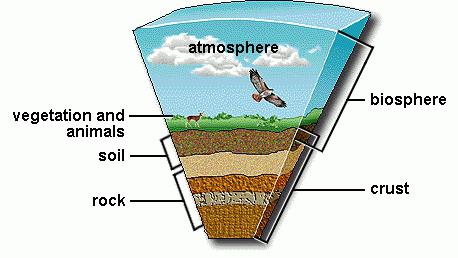
As can be seen from these data, the largest share of water falls on the World Ocean, and on the Earth's rivers - only 0.0001%. All these parts of the hydrosphere are interconnected, and water can move from one classification to another.
Water and its features
Water is a unique chemical element that is present on our planet in three states of aggregation. But the most useful is liquid, it is in this form that water is a necessary source for the existence of all living things. For many organisms, this is not just a source of food, but a habitat. It is proved that the first organisms lived in water, and only then, in the process of evolution, they came to land. Thus, the main characteristic of the hydrosphere is the presence of a huge number of living organisms.
What is the hydrosphere? We can say that this is the totality of the water of our planet.
Functions of the water shell
Let's single out some of the most important functions of the hydrosphere:
- Accumulating. Water accumulates a huge amount of heat and provides a constant average temperature of the planet.
- Oxygen production. As mentioned above, a large number of living organisms live in the water shell of the Earth, among which phytoplankton is present. It is he who produces most of the oxygen in the atmosphere. And oxygen, in turn, is necessary for the normal functioning of most organisms.
- The hydrosphere, in particular the World Ocean, is a huge resource base. Various types of fish are caught here, and mineral resources are mined. Mankind also uses the water itself for various purposes: for purification, energy extraction, cooling, etc.
- The water shell is an excellent breeding ground for various harmful microorganisms. It can transmit certain diseases.
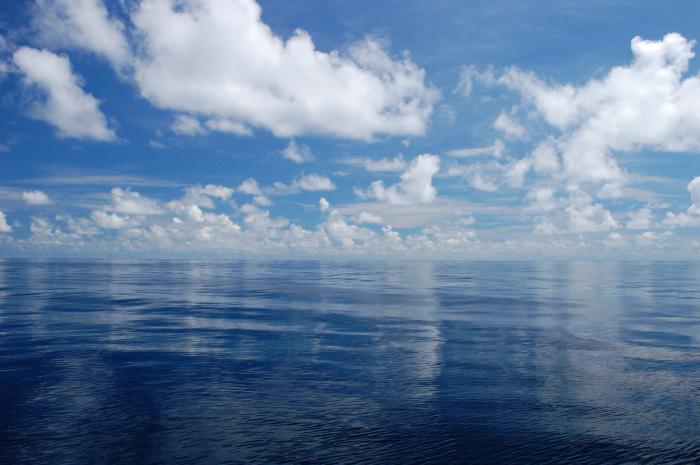
Use of water resources
- Water consumers. These are industries that use water for certain purposes, but do not return it. Among them are thermal power engineering, agriculture, ferrous and non-ferrous metallurgy, pulp and paper and chemical industries.
- Water users. These are industries that use water for their needs, but then always return it. For example, household and drinking services, sea and river transport, shipping, and fisheries.
It should be noted that for the life support of a city with a population of 1 million people, more than 300 thousand m³ of clean water per day is needed, and more than 75% of the water is returned unsuitable for living organisms, i.e. contaminated.
Classification of waters by purpose
- Drinking water - used by man to quench his thirst. It should contain a minimum amount of toxic and chemical substances.
- Mineral water - extracted from underground sources by drilling. Used by humans for medicinal purposes.
- Industrial water is not necessarily water thoroughly purified from impurities, because. it is used in industry.
- Thermal energy water - thermal. It can be used in any branches of the national economy.
technical water
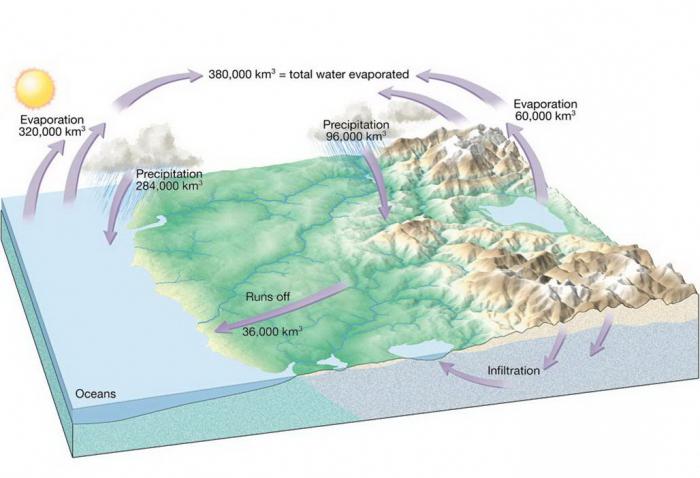
It is divided into several types:
- Water for irrigation. Used in agriculture, does not require complex purification from impurities.
- Energy water. It is used for space heating. Water is heated to a gaseous state.
- Household water. It is used for various needs in hospitals, canteens, laundries and baths.
In industry, almost half of the water is used to cool equipment. In this case, it does not get dirty.
Process water also has several classifications. Allocate:
- flushing- used for washing various materials (solid, gaseous and liquid).
- Environment-forming- used for enrichment of ores, dissolution of rocks during mining.
- reactionary- used to speed up or slow down various reactions.
Irrational use of water and ways to solve problems
The biggest problem is the overuse of surface water. As a result, such regional cataclysms arise as the death of animals and plants, the drainage of swamps, and the drop in the water level in rivers.
In order to avoid overspending a valuable resource, it is necessary to use it rationally, create closed cycles of water use in industry, and save at the household level.
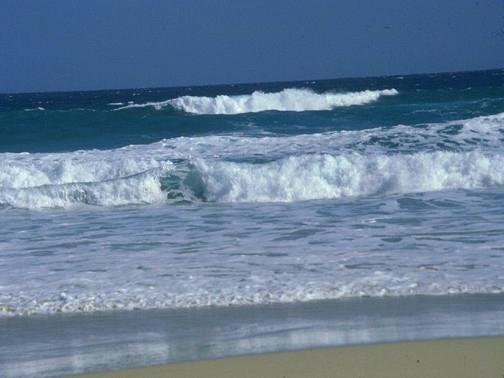
Groundwater is overused due to increased abstraction and reduced rainfall, when underground storage facilities do not have time to replenish depleted reserves. To solve this problem, it is necessary to take into account the characteristics of the territory from which water is taken.
If you do not respond to the above problem in time, the next one may occur - soil subsidence. When underground sources are depleted, cavities appear in the bowels of the earth, the soil is no longer supported by anything and settles. This is dangerous because the drawdown can be unexpected in places where people are.
To prevent this problem from being taken by surprise, it is necessary to reduce the consumption of groundwater, install high-quality filters for the reuse of the waste fluid.
Another problem that arises from the excessive use of groundwater is the inflow of salt water. This is due to a decrease in pressure inside the cavities as a result of a decrease in the groundwater level.
Water pollution
What is hydrosphere pollution? This water pollution is one of the global problems of mankind. There is a glut of oil products. For purification, it is necessary to catch not only the oils floating on the surface, but also the sediment that sinks to the bottom. The chemical industry is one of the main sources of pollution not only of the hydrosphere, but also of the atmosphere.
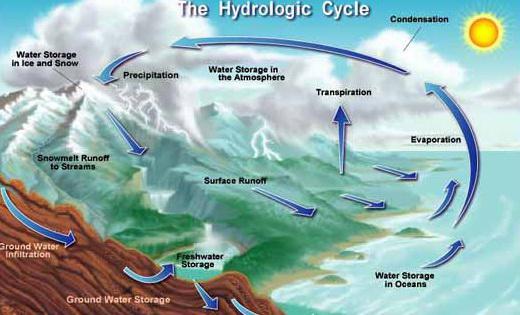
The pulp and paper industry litters nearby areas with insoluble fibers and other substances. Because of this, the water has an unpleasant smell and taste, changes color, and increases the growth of bacteria and fungi.
CHP plants discharge waste water back into water bodies. Considering that it is usually much warmer, one can understand that the entire reservoir is heating up. This adversely affects the local flora and fauna. The waters begin to bloom, because. the growth of cyanobacteria, algae and other vegetation is enhanced. The liquid acquires an unpleasant odor and taste.
Rafting timber also adversely affects the state of water. Rivers are clogged and polluted. In addition, this economic activity harms the fish and animals that live in the river along which the rafting takes place. Young fish and eggs die from lack of oxygen. The species composition is decreasing.
Human activity harms the environment, especially the hydrosphere and biosphere. Wastewater from sewers ends up in the ground, harmful substances get not only into the soil, but also into groundwater, rivers and lakes. In addition to harmful organic substances, wastewater contains various impurities: radioactive elements, heavy metals, products of organic synthesis.
Water has a unique property - it can self-renew and self-purify thanks to solar energy.
The earth's hydrosphere is a fragile structure. To solve the problem of its pollution, it is necessary to take a number of measures:
- providing each enterprise with a modern water treatment plant;
- installation of high-quality filters for domestic water;
- improvement of closed cycles of water consumption.
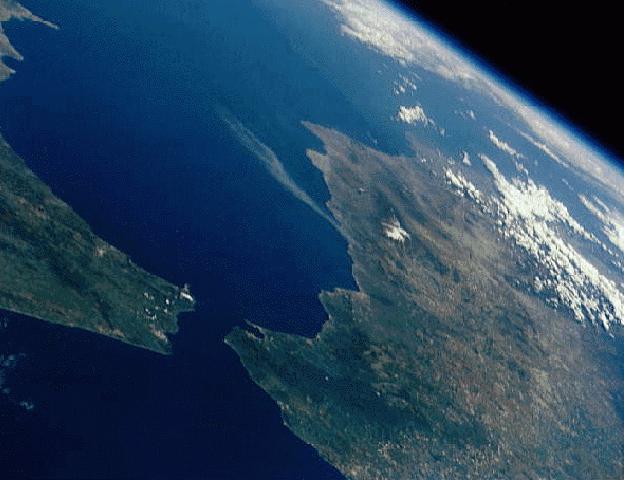
Perhaps everyone knows what the hydrosphere is and how important it is, but not many people think about the catastrophic rate of water pollution. If everyone made an effort to save clean water, the disaster would not be so massive. The earth's hydrosphere will never fully recover, but humanity can make sure that the current reserves are not contaminated.
